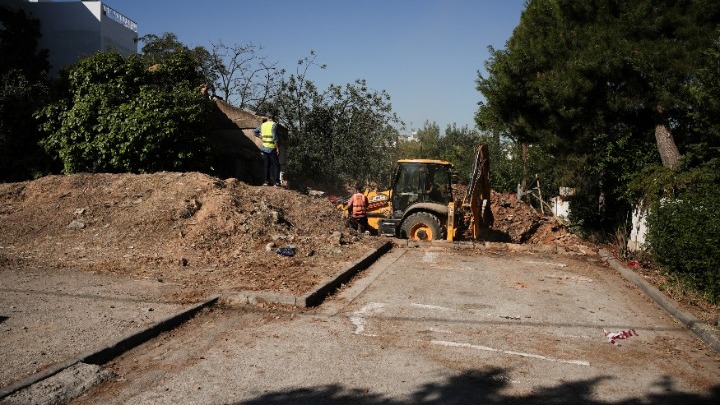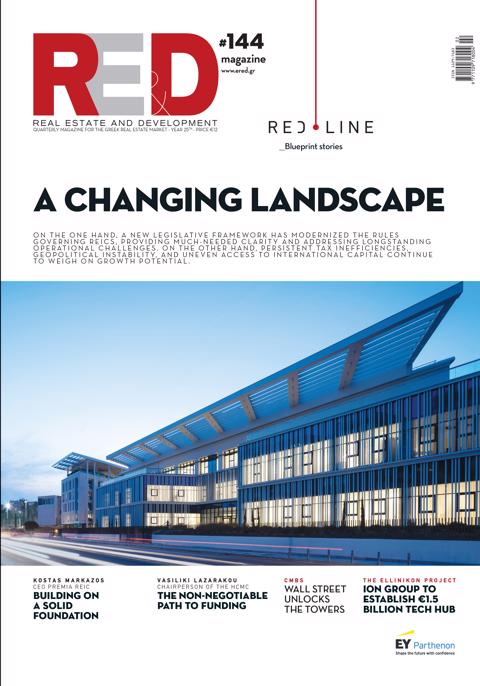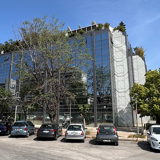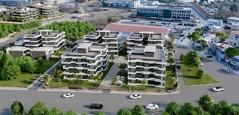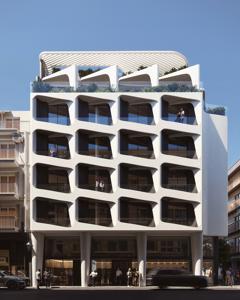The majority of buildings included in the city's latest initiative have been classified as dangerously dilapidated, with new structures continuously being added to the demolition list following inspections conducted by the relevant municipal authorities.
The project, funded entirely by municipal resources, has a total budget of €4 million. The aim of the Athens municipal administration is to transform the cleared sites into green spaces and parks, contributing to urban regeneration and improved quality of life.
“We are breaking a decades-long cycle of neglect. We refuse to remain passive in the face of danger,” stated Athens Mayor Haris Doukas. “We are demolishing hazardous buildings to build a safer daily life, a better tomorrow for all. We are reclaiming public space and returning it to its rightful owners—the citizens. In the coming months, we will see a very different picture in many parts of Athens.”
Deputy Mayor for Infrastructure, Andreas Grammatikogiannis, added:
“The demand to demolish these dangerous structures has been pending for 45 years. Finally, it's becoming a reality. The process has been followed strictly in accordance with legal procedures. The municipality intervenes only when a clear danger exists and property owners fail to take action.”
Project Scope
The initiative includes:
Demolition of buildings or structures formally declared as dangerously unstable, following assessments by the relevant Urban Planning Department (YDΟΜ), and whose owners have been officially notified.
Demolition of buildings designated for road alignment, for which all legal procedures have been completed.
Removal of hazardous elements from buildings or structures (e.g., plaster, roof tiles, cornices), where such partial measures are deemed sufficient to eliminate the threat—especially in cases involving negligent or unknown property owners.
Implementation of safety measures around dangerous or dilapidated structures, such as protective scaffolding, bracing, supports, or metal mesh coverings, to prevent accidents.
Demolition works are carried out either manually or using mechanical equipment, with particular care taken to prevent vibrations or damage to adjacent properties.
According to the guidelines of the Ministry of Environment and Energy, property owners bear the legal responsibility for maintaining their buildings in a condition that poses no risk to occupants, passersby, neighboring properties, or public assets. They must also ensure that their properties do not degrade the area's environmental, cultural, or urban fabric, nor diminish local quality of life. Moreover, they are obligated to promptly comply with any prescribed safety measures.
A special municipal committee evaluates whether a building qualifies as dangerously dilapidated. Once it grants approval, the municipality notifies the owners to take corrective action. If they fail to do so, the municipality assumes responsibility for completing the demolition.
Areas Affected
All buildings slated for demolition have not been designated as protected or listed heritage sites by the Ministry of Culture. Demolition works are already underway—or scheduled to begin—in the following neighborhoods:
Kolonos, Kerameikos, Plaka, Patissia, Votanikos, Gazi, Rizoupoli, Koukaki, Kypseli, Metaxourgeio, Neos Kosmos, Thiseio, Skouze Hill, Ampelokipoi, Sepolia, Rouf, Gkyzi, Pangrati, Exarchia, Polygono, and Larissis Station.
